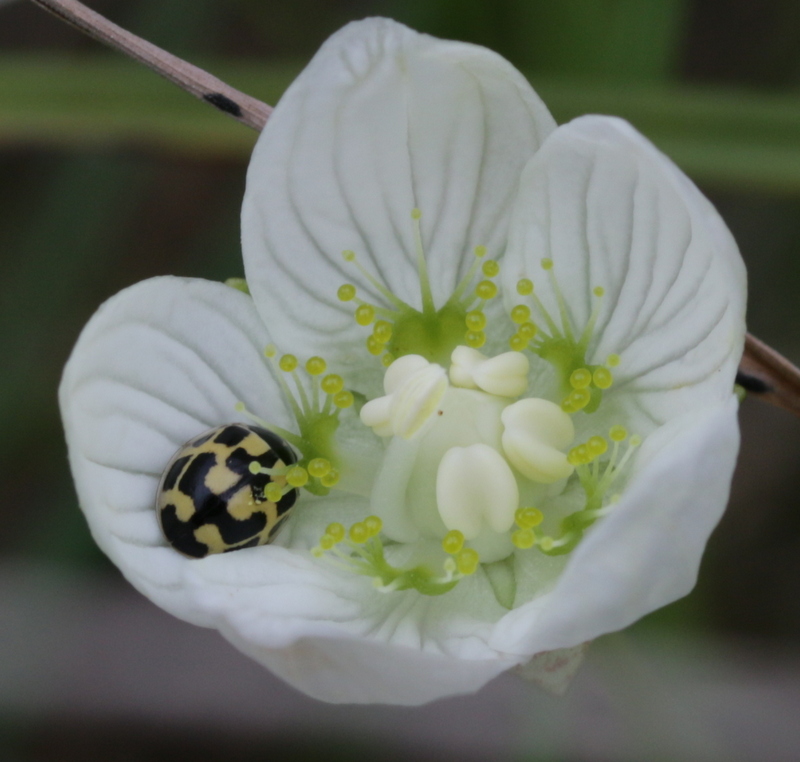Tuesday afternoon at Hummersea on 25th August.
Posted on 26th August 2015
Sunny with some cloud; windy at the clifftop but quite sheltered on the steps.
As there is very little space for parking at Hummersea, we ferried people from the car park at Loftus and some people walked from there too enjoying the small country road. On the edge of the wheat fields by the road were some arable weeds Common Poppy, Scentless Mayweed and the scarce Rye Brome.
And then on to the top of the cliff at Hummersea where a map from 1853 showed an Alum works at the base of the cliff and yet on the map from 1893 it had nearly all been washed away. Today you can see where it was when the tide is out – a causeway cut in basal rock lead up to the building to make it easier for the ships to dock (see also the second picture here).
Down the steps, stopping to note plants along the way. There were some good comparisons to be made between plantains with Ribwort and Greater Plantain at the top, and then Hoary and Sea Plantain later. Yarrow was looking particularly attractive as was Common Knapweed, the purple flowers of which contrasted with patches of yellow Common Fleabane and the last of the cream Meadowsweet flowers growing adjacent to a dramatic sweep of Great Horsetail.
From the end of the new path section, added recently by the Tees Valley Wildlife Trust and their volunteer team, we walked up over extremely tussocky grass (tip: don’t sit on the ones of convenient height because #ants) passing such locally rare plant delights as Dyer’s Greenweed, Spiny Restharrow and other meadow treasures like Quaking-grass, Eyebright, and Devil’s-bit Scabious.
Then, scattered across the cliff face were tiny white buttercup-like flowers of the day’s star attraction, Grass-of-Parnassus, which grows on the cliff on wet flushes and was first mentioned in this area in a Flora written in 1863. Apparently so named after a description of a plant that grew on Mount Parnassus in Greece which the cattle ate and so it was an honorary ‘grass’…which seems to me remarkably tenuous connection, but it probably made sense in 16th Century Germany.
The lines on the petals are for insects, acting as guide lines to where the nectaries are hidden. The green bobbles are actually false nectaries to entice insects and have evolved from modified stamens. In addition, the cup-shaped flowers are up to 3oC higher than ambient temperature and so are attractive to insects in cold weather, something of key importance when you grow so plentifully in Scotland. It is a unique and amazing plant.
Then, pausing on our way back, someone spotted a rare migratory bird, a Wryneck, distracting half the group. We left them to it…ambling slowly back up the steps pausing only to check if the benches, placed at strategic intervals next to the path, were all equally comfortable.






